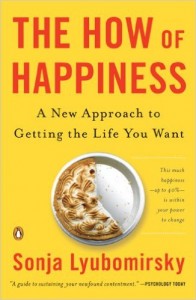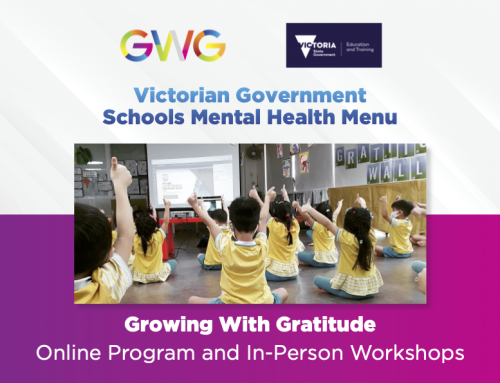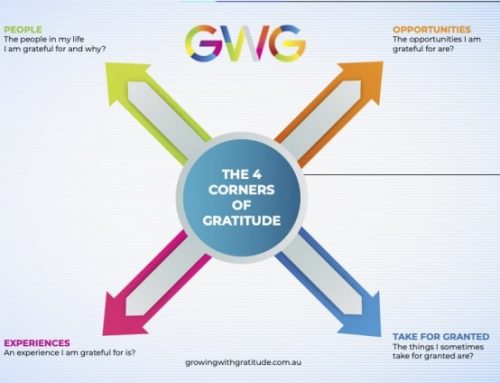 The How Of Happiness
The How Of Happiness
By Sonja Lyubomirsky – Part 1
Shockingly smart thoughts about you cultivating happiness. A MUST-READ for anyone who is looking to learn positive habits that lead to happiness. The actionable takeaways in the book have been researched and proven. I highly recommend this book to people who ask about the best books to read. Best book I’ve ever read on the subject.
My notes:
My notes focus on actionable activities. I have a lot of notes so I will share them in 2 posts.
Cultivating Optimism
1. Best Possible Selves Diary
- Sit somewhere quiet and think about what you expect your life to be in 1, 5 & 10 years time. Visualise as if everything has worked out the way you wanted to. You achieved goals, worked hard, etc.
- Write down what you imagine
- Use an optimism journal
2. Goals Diary
- Refer back to your best possible selves diary
- Choose a visualisation you have from the diary
- In your next diary entry write the steps you take to achieve your goal
3. Identify Barrier Thought
- Identify your automatic/negative barrier thoughts. For example: My friend is ignoring me, she isn’t returning my call, what have I done to upset her?
- Write down your barrier thoughts and think about ways to reinterpret the situation. For example: I know she is busy, I am sure she will ring me when she can.
- Consider these questions:
What else could this situation or experience mean?
Can anything good come from it?
Does it present any opportunities for me?
What lessons can I learn and apply to the future?
Did I develop any strength as a result?
Practicing Acts of Kindness
1. Timing
- If you do to little you won’t gain the full happiness benefit & do to much you can get weighed down and don’t reap the rewards of acts of kindness
- Lyubomirsky suggests you pick a day of the week (no other day) and do one large act of kindness or 3-5 smaller ones.
- Try to make them special and vary different each time to maintain the real happiness benefits
- Lyubomirsky researched this method and it was found to be the most beneficial way to perform acts of kindness
2. Variety
- Lyubomirsky also found mixing up your acts of kindness is an effective way to gain maximum happiness from acts of kindness
- For example; offer to do something for someone (mow a lawn), surprise someone (with a gift), do a kind deed in which you tell no one and you don’t expect anything in return
3. Chain of Kindness
- Doing a act of kindness may lead to someone else to do something for someone else
- The receiver of your kindness may feel excitement, surprised or thankful. They may be motivated to return the kindness to others.
Nurturing Social Relationships
- Make Time
- Lyubomirsky’s research shows that couples / friends who make time to talk to their partner / friend have successful relationships.
- Commit to extra time during the week where you simply talk
- Spend 5 minutes everyday expressing your appreciating / gratitude to your loved ones for their specific actions
- In the morning discuss your day ahead and in the evening reflect on your morning discussion
- Create rituals. For example; cooking together on a Tuesday night, dinner night Thursday, etc
- Media free zone. Create time for each other where there is no media and conversation only
2. Express Admiration, Appreciation and Affection
- Barbara Fredrickson’s (2011) research on positivity found relationships that flourish have a positivity ratio of 5:1. For one negative there is five positives.
- Raise your positivity ratio by sending a positive email, a surprise kiss for your partner, a act of kindness, etc
- Converse your gratitude directly by praising someone for something they did
- Write a list of qualities that attracts you to your partner
- Write about a great time in your relationship
- Together write goals, ambitions, values, beliefs that you both share
3. Capitalise on Good Fortune
- Share in the good fortune of your partner’s successes. Be thrilled for them, celebrate with them
- Next time be sure to react enthusiastically to your partners / friends good news no matter how small
- If partner is thrilled to tell you something ask lots of questions and be excited
4. Manage Conflict
- During a conflict try making light of the moment, by screwing face in fun manner or, saying something like “I see your point of view”
5. Making Friends
- Make time for friends by also creating rituals on a regular basis. Can be spaced out
- Don’t dominate the friendship by choosing all activities. Share the decisions
- Be a person who your friend can confide in
- Be a good listener
- Be loyal and supportive and congratulate their success
- Embracing your friend with a hug or a firm handshake can make you feel closer
If you know someone who would benefit from the book notes click to share.
Growing With Gratitude Blog
Twitter: @grow_gratitude
Email: info@growingwithgratitude.com.au
PS: If You Want To Teach Your Children/Students Habits Of Happiness In A Fun And Engaging Way – CLICK HERE
PPS: We currently have schools, teachers and families from 43 countries join the Growing With Gratitude community. Our quest is 50 by the end of 2015.
PPPS: Book your free 30 minute consultation. We’ll talk about your classroom or home, your questions, the program itself, and the best way to implement it in your specific circumstances.









Leave A Comment